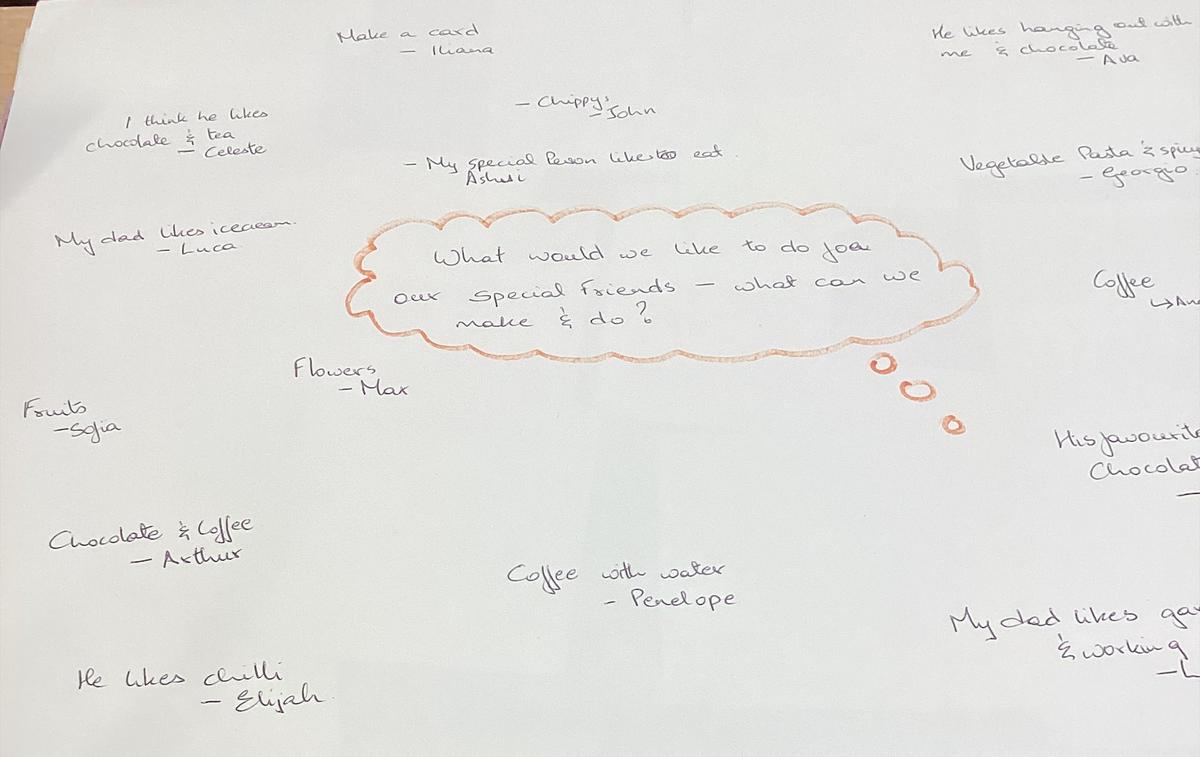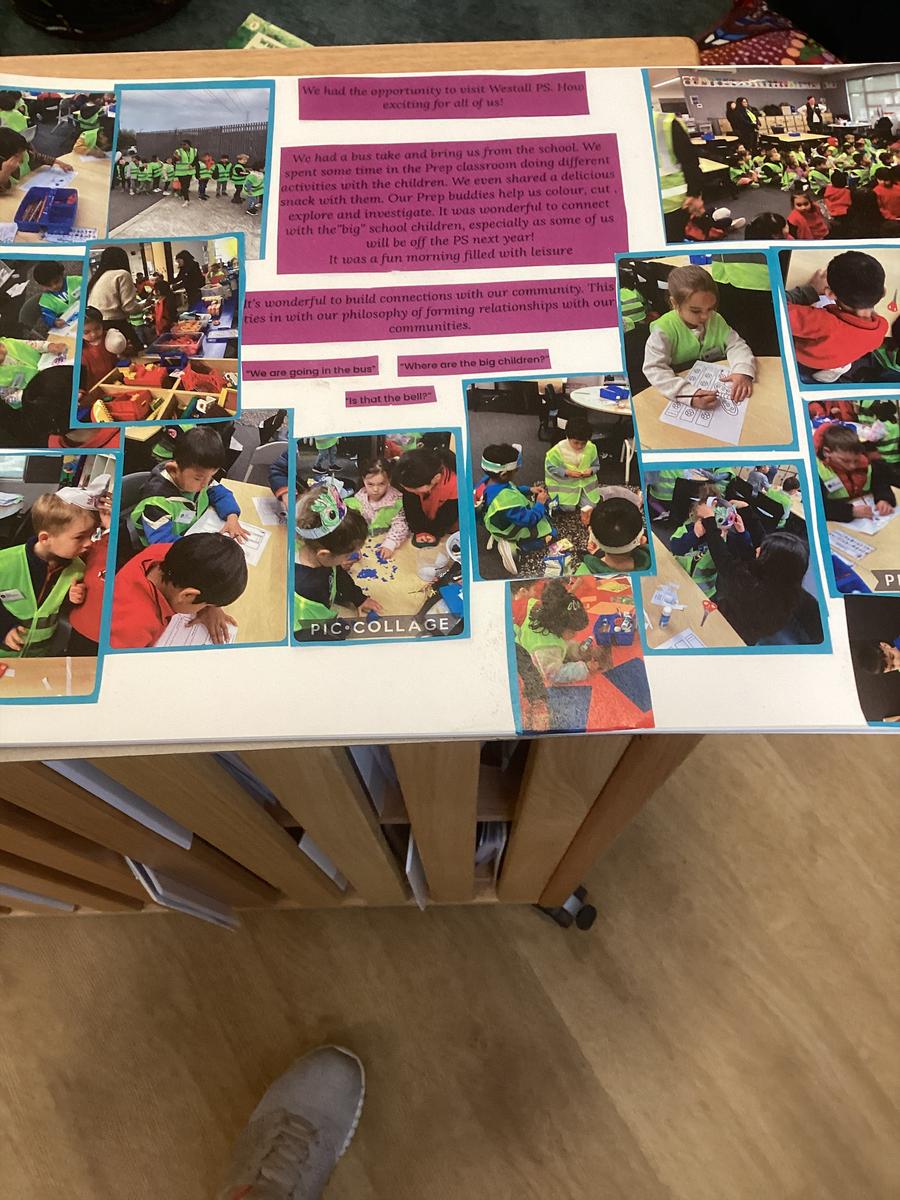Glen Education Sundowner

How do you document the child`s voice?
By Kirandeep Kaur Brar, Educator
At Glen Sundowner Kindergarten, we believe every child’s voice should be heard, respected, and celebrated.
One way we document children’s voices is by following up on enrolment information and gathering input from families. Learning stories capture not only what children are saying, but also how they express their ideas and how their thinking evolves over time. We include photographs of the children in their learning environment and display them in floor books and portfolios, providing both a visual and narrative record of their experiences.
We also incorporate children's voices directly into our programming. For example, a group of children were singing and dancing to their favourite songs during outdoor play. They soon asked if we could play music, and with their input, we set up a speaker outside. This simple moment honoured their voice and became an integral part of our outdoor play experience.
Recently, we engaged the children in a rich learning project focused on healthy eating. For several weeks, we explored different types of food, discussing what foods are healthy and which ones should only be eaten occasionally. This culminated in an exciting excursion to our local Woolworths, where the children took the lead by asking questions about the foods they saw. They confidently pointed out which foods were healthy, and which belonged in the "sometimes" category, demonstrating a deep understanding of the concepts we had been exploring together.
The Woolworths excursion also offered us valuable insights into what the children know and understand. They demonstrated an awareness of rules such as “stop, look, and listen” while walking to the store. In group discussions afterwards, they eagerly shared their observations and explained behaviours they knew were expected, such as staying with grown-ups and not running in the store. These conversations highlighted their ability to navigate the world with care and awareness.
We also utilise the child-friendly version of the United Nations Convention on the Rights of the Child as a valuable tool for ensuring that children's voices are at the centre of our planning and programming. This version helps facilitate conversations about children’s rights, ensuring that their thoughts, opinions, and perspectives continue to guide our educational practices.


